Did You Know? Indira Gandhi’s 1973 Budget Is Known As ‘Black Budget’— Here’s Why
The 1973-74 Union Budget, famously called the 'Black Budget,' marked a challenging time in India's financial history. Presented under PM Indira Gandhi, it reflected a massive fiscal deficit and bold moves like nationalising key industries. Despite its challenges, this budget remains a defining moment in shaping India's economic path.
Introduction
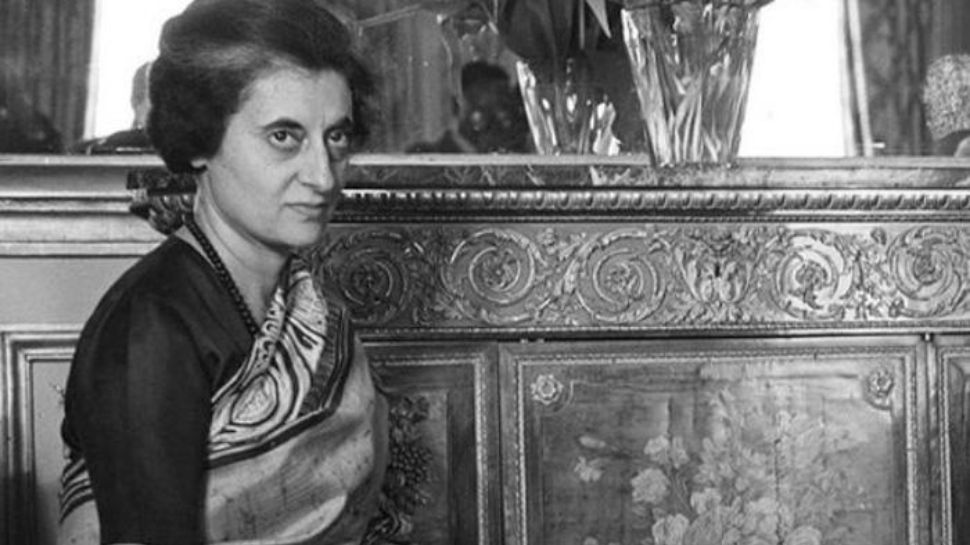)
The Union Budget is one of the most anticipated events in India’s financial calendar. Over the decades, several budgets have left an indelible mark on the country’s history. Among them is the 1973-74 budget, often referred to as the ‘Black Budget.’ Presented under the leadership of Prime Minister Indira Gandhi, it earned this peculiar title due to the significant fiscal deficit it reflected. But what made this budget so notable? Let’s delve into the details.
The Architect of the ‘Black Budget’
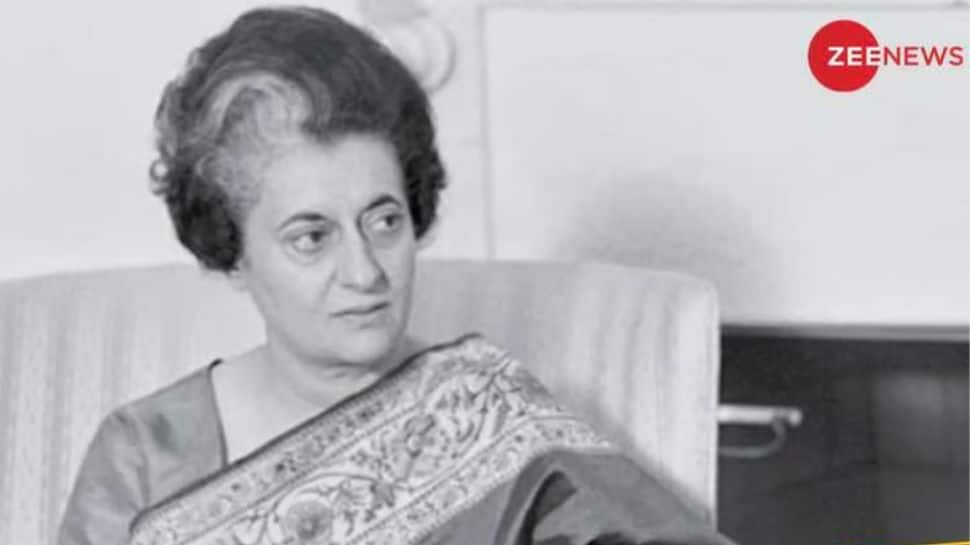
On February 28, 1973, Yashwantrao B. Chavan, India’s Finance Minister at the time, presented the Union Budget. He was working under the guidance of Prime Minister Indira Gandhi, who had a firm grip on the nation's economic direction. Chavan’s budget became a defining moment in India’s financial narrative and was symbolic of the economic challenges the country faced.
Why Was It Called the ‘Black Budget’?
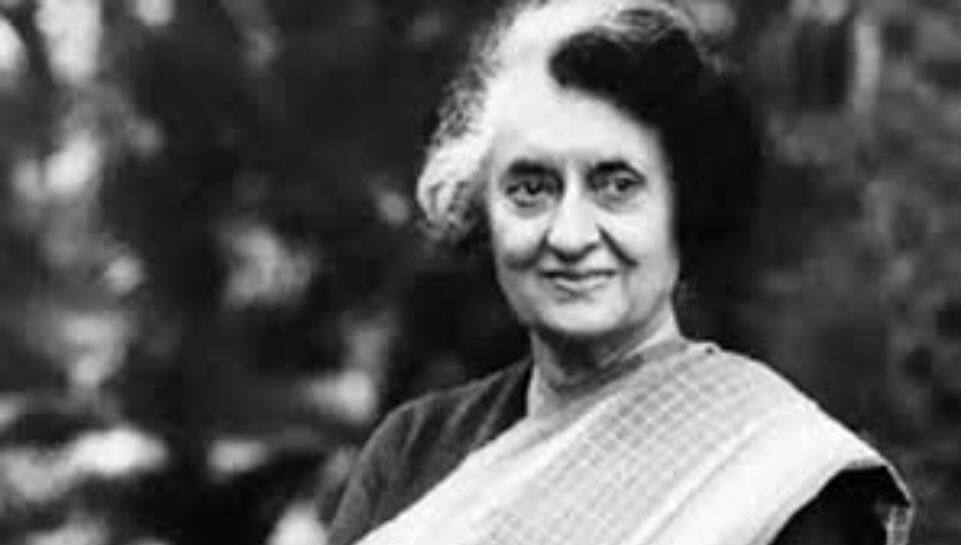
The 1973 budget earned the title of the ‘Black Budget’ due to the enormous fiscal deficit of Rs 550 crore. This was a staggering figure for that time and reflected the financial strain on the government. A fiscal deficit occurs when a government’s expenditure exceeds its income. The 1973 budget exemplified this imbalance, as the expenses were far higher than the revenues generated.
The Nationalisation Drive
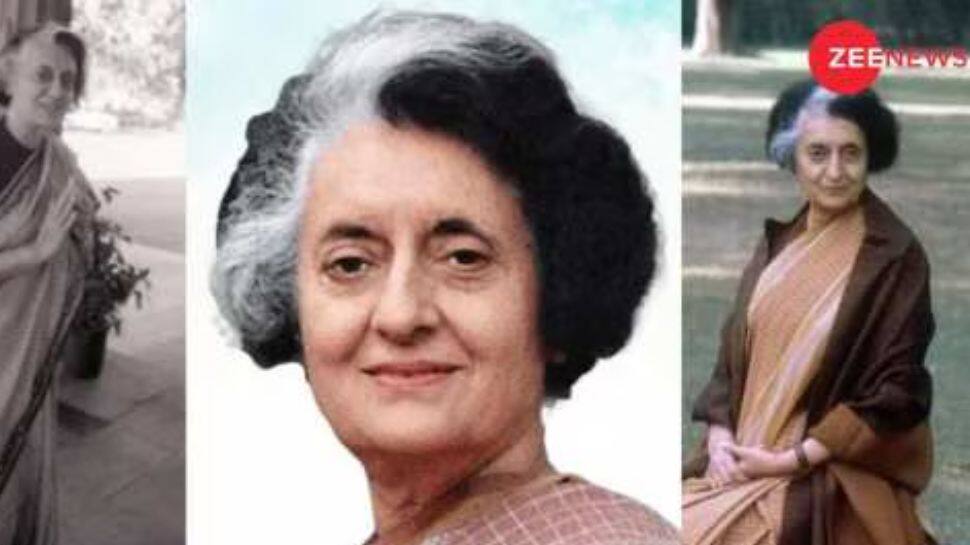
One of the key features of the ‘Black Budget’ was the allocation of Rs 56 crore towards the nationalisation of industries. This included general insurance companies, the Indian Copper Corporation, and coal mines. The decision to nationalise these sectors aimed to secure an uninterrupted supply of resources like coal, which was essential for industries such as power, cement, and steel.
Indira Gandhi’s Role in Financial Leadership
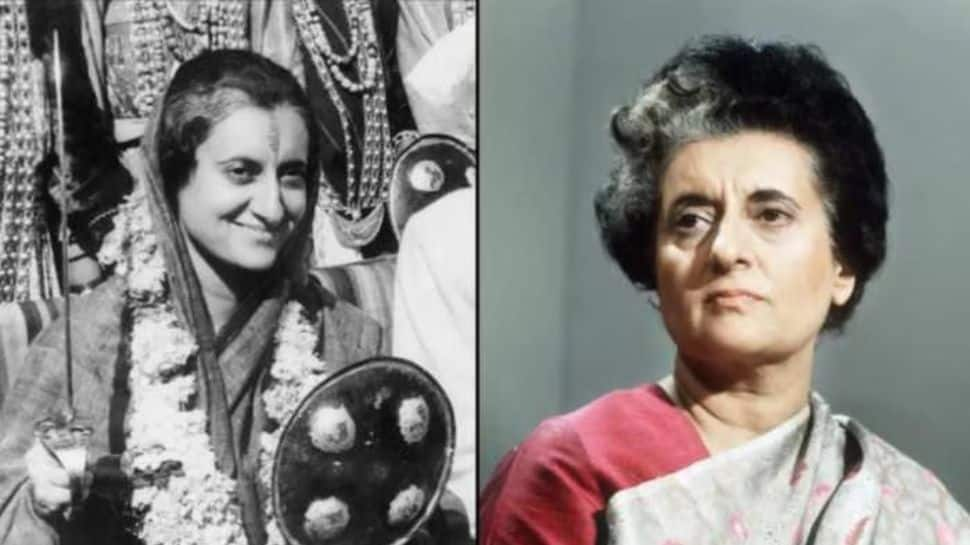
Indira Gandhi wasn’t just the Prime Minister during the presentation of the 1973 budget; she had also served as India’s Finance Minister from 1969 to 1970. During her tenure, she introduced several reforms to strengthen the economy. Her brief stint as Finance Minister made her the first woman to hold the position in India, a milestone that shaped the path for future leaders like Nirmala Sitharaman.
The Economic Context of 1973
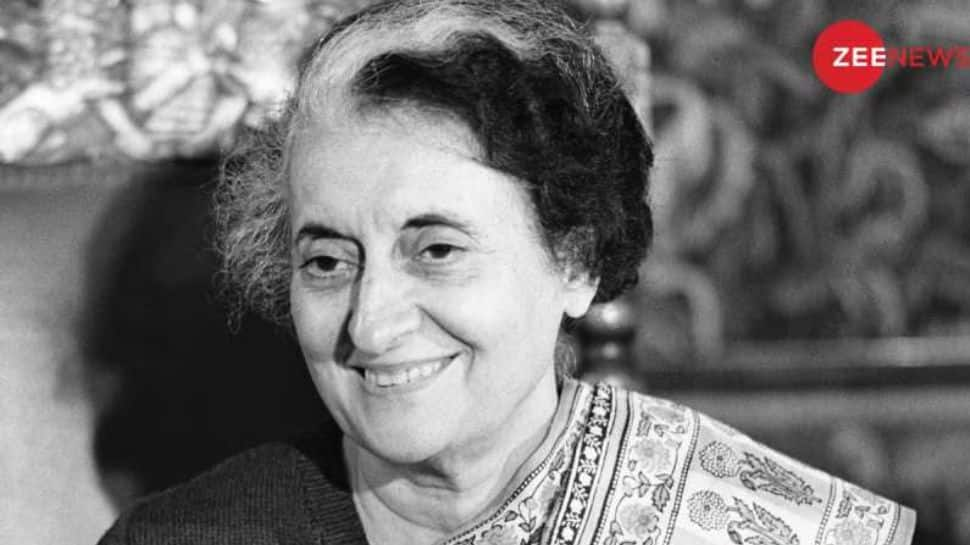
The year 1973 was challenging for India’s economy. The global oil crisis had a ripple effect on domestic markets, driving up costs and creating resource shortages. There was also a rising demand for industrial growth, pushing the government to allocate resources strategically. The ‘Black Budget’ reflected the government’s attempt to navigate these challenges while prioritising industrial and economic stability.
Legacy of the ‘Black Budget’
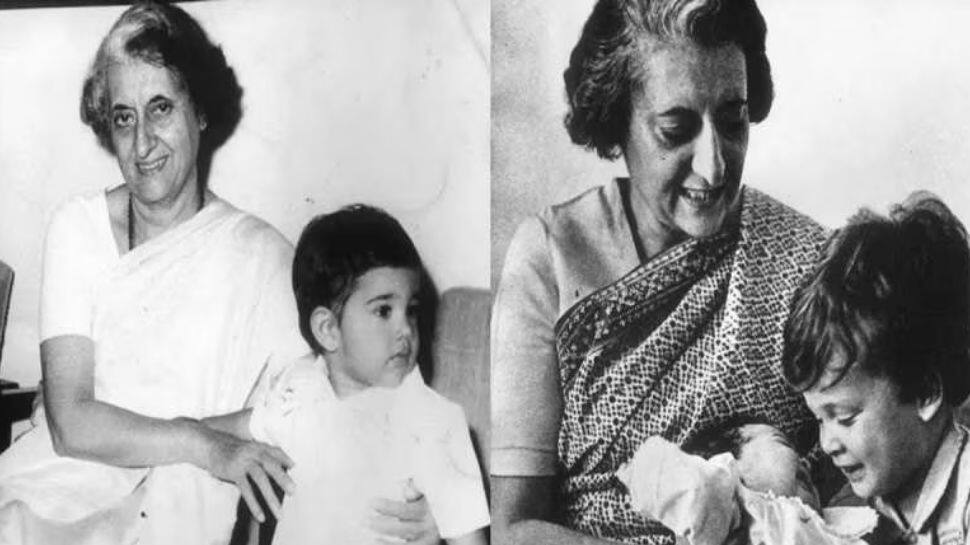
Today, the ‘Black Budget’ of 1973 serves as a historic reminder of the economic hurdles India faced during its early decades of independence. It also highlights the bold decisions made by leaders like Indira Gandhi to address these challenges. With Nirmala Sitharaman now at the helm, the Union Budget continues to evolve, building upon the legacy of leadership and fiscal strategy established during Gandhi’s era.
Trending Photos








